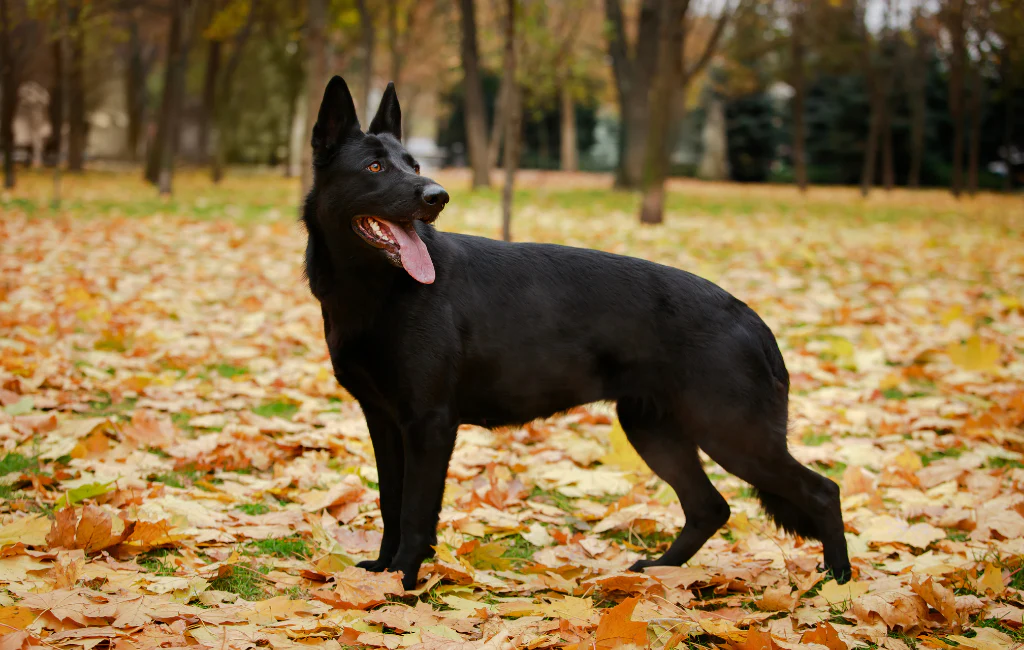
The Calupoh, a remarkable dog breed native to Mexico, has a unique and captivating history. This breed emerged from the intriguing crossbreeding of a wolf and a dog, both of which held sacred significance in the eyes of the Aztecs.
Notably, these dogs are of substantial size, standing at an impressive height of 70 to 75 centimeters for females and males, respectively. Despite their striking beauty, it’s unfortunate that the Calupoh remains one of Mexico’s least recognized dog breeds and is even threatened with extinction.
The Calupoh shares characteristics with other large dog breeds such as Huskies or German Shepherds, making it a breed of considerable strength and presence.
In a pivotal moment for its recognition, the Mexican Dog-Lover Federation (Federación Canófila Mexicana, FCM) officially acknowledged the Calupoh as part of Mexico’s indigenous dog breeds in 1999. This prestigious classification is shared only with the Xoloitzcuintli and Chihuahua breeds, with Chihuahua dogs being particularly popular in Mexico due to their small size, distinctive yellow eyes, and a range of fur colors.
What sets the Calupoh apart is its profound socio-cultural impact in Mexico, stemming from its pre-Columbian roots despite being a blend of ancient lineage. In a fascinating archaeological discovery in 2017, remnants of Calupoh dogs were unearthed in the Templo Mayor in Mexico City. This remarkable event was also replicated in the Temple of Quetzalcoatl and the Pyramid of the Moon in Teotihuacan.

These Calupoh wolfdogs found in the Templo Mayor ruins were accompanied by opulent jewelry, bearing patterns reminiscent of those found in the burials of Aztec nobility. Archaeologists hold the belief that these animals were considered sacred and even sacrificed due to their unique fusion of two animals held in high regard in Aztec cosmology.
The Aztecs held a profound belief that Calupohs were descendants of two species embodying a powerful duality that attracted prosperity and good fortune. Wolves, symbolizing war and sacrifices with their association to bloodshed, were akin to soldiers due to their formidable hunting pack tactics. In contrast, dogs, particularly the Xoloitzcuintli, represented bountiful harvests, fertility, companionship, and spiritual guidance.
A fascinating connection arises from the fact that the mating season of these dogs coincided with the rainy season in the Aztec agricultural calendar. This alignment led the Aztecs to attribute significant influence and spiritual powers to the Calupoh in various facets of their society, including farming, economics, and social life.
Today, the Calupoh breed holds a special place in the hearts of rescuers, even though owning one is entirely legal. These dogs have proven to be remarkably resilient and adaptable, capable of harmonious coexistence with other domestic animals and humans.
In essence, the Calupoh serves as a living bridge between Mexico’s rich historical past and the modern world, a testament to the enduring legacy of this unique and culturally significant dog breed.